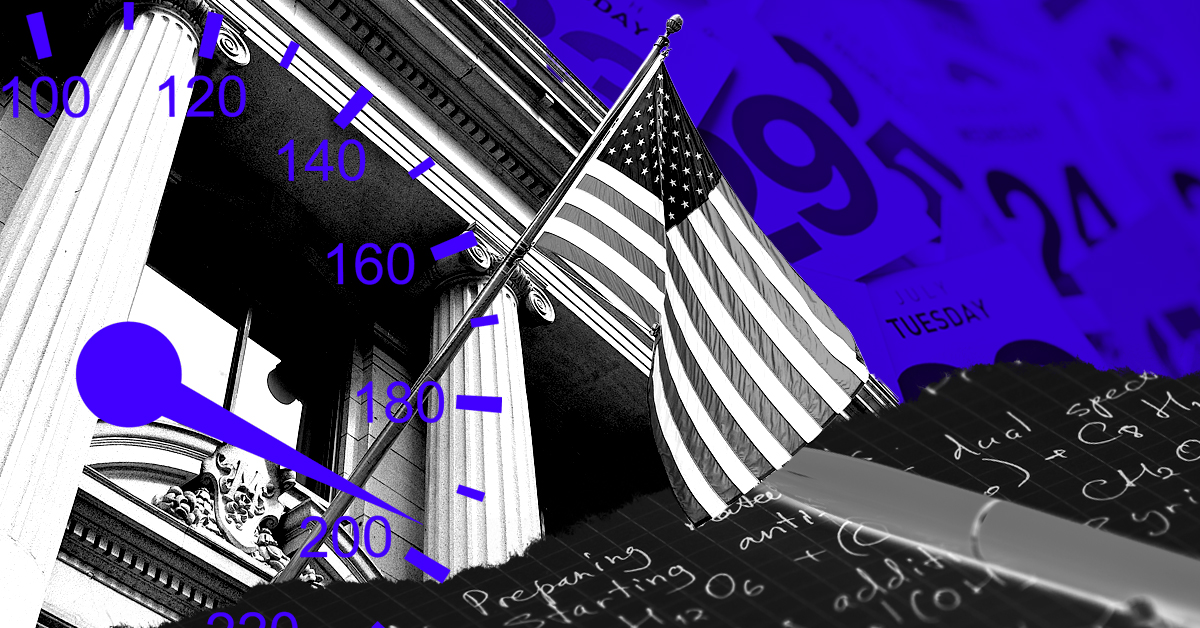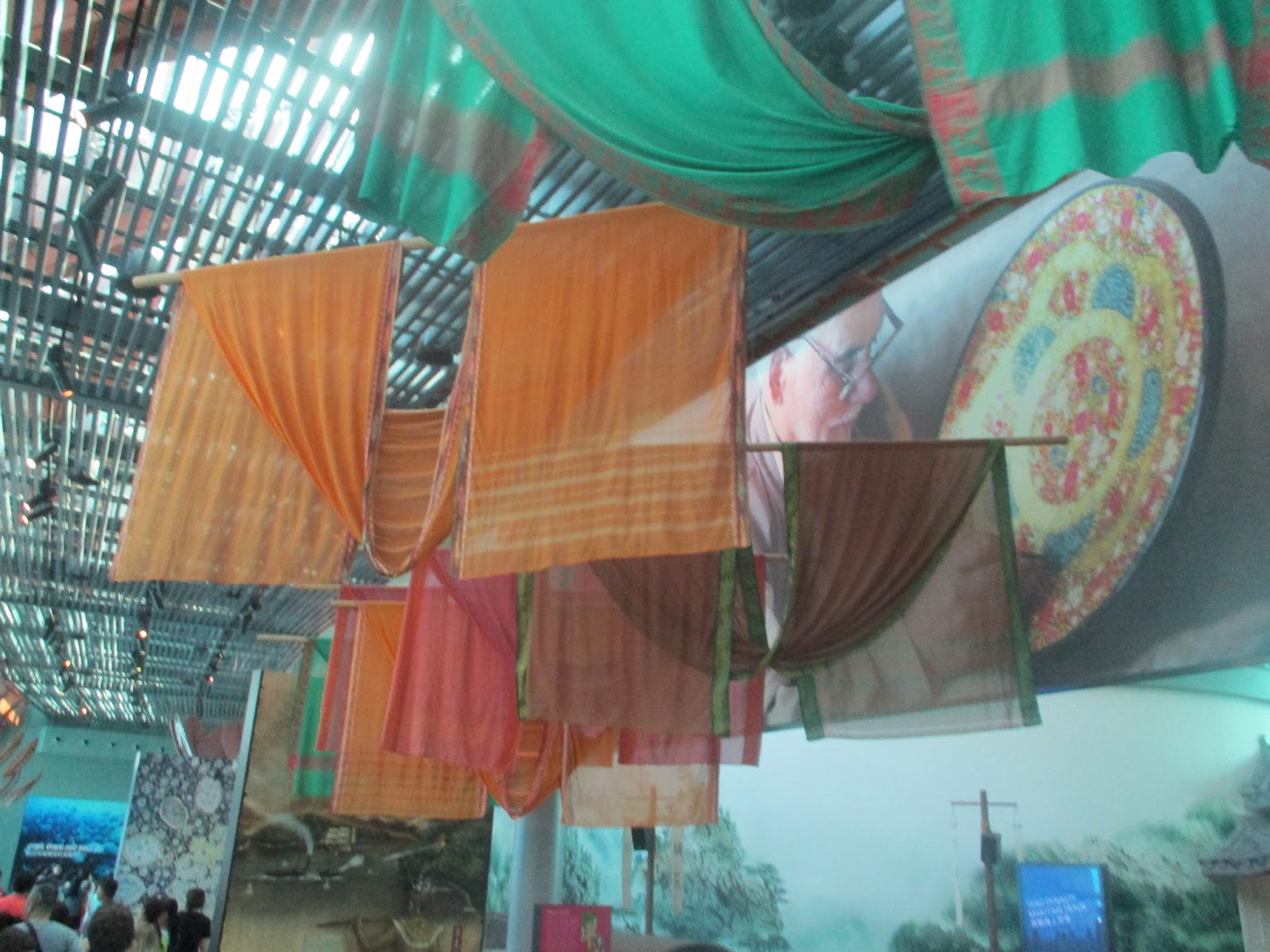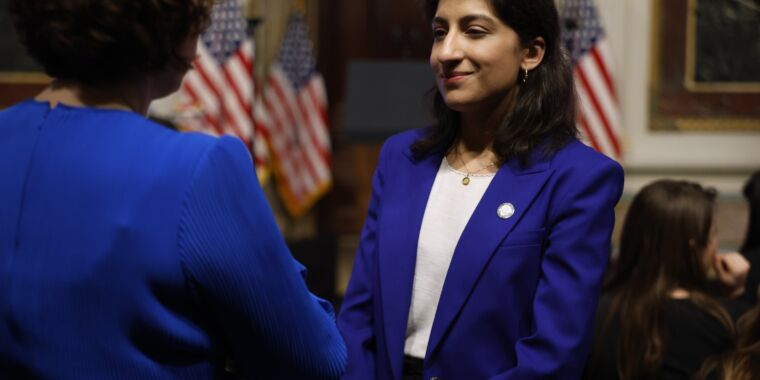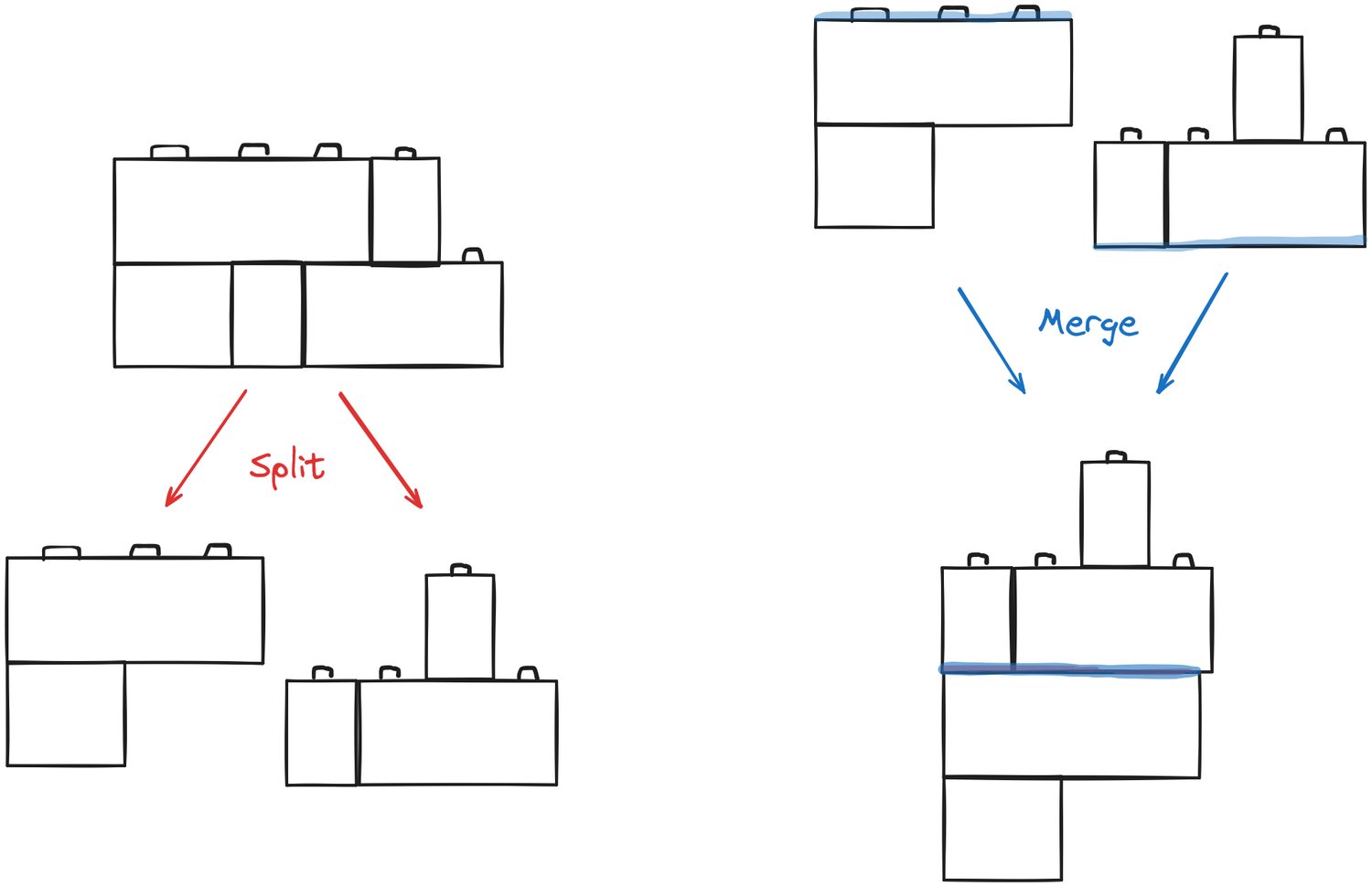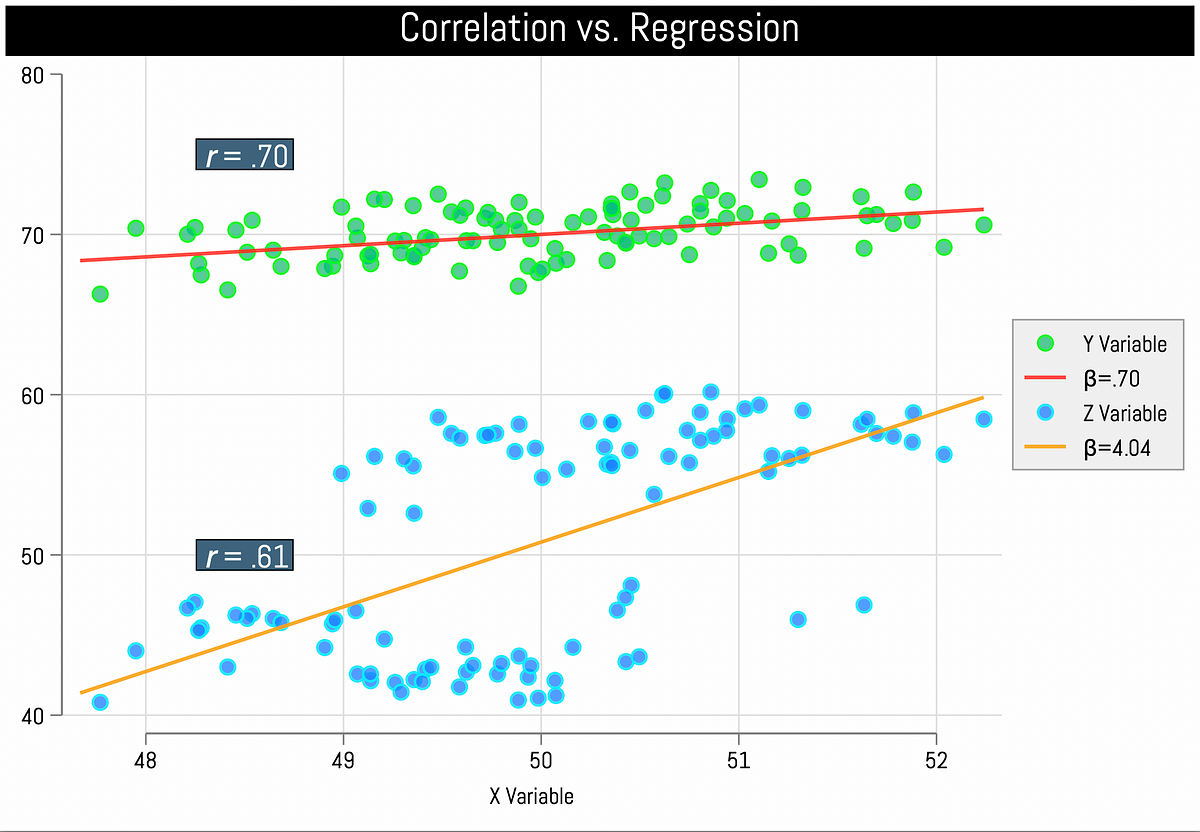
Collections: Teaching Paradox, Victoria II, Part II: The Ruin of War
This is the second part of a three part series (I) examining the historical assumptions of Paradox Interactive’s 19th and early 20th century grand strategy game, Victoria II. Last week, we looked at how Victoria II handles its central, defining theme, the industrial revolution, and the mechanics it employed. We also discussed how Victoria II is unique in the Paradox catalog for being a game centered on ‘pops’ – that is on population – more completely simulated and more necessary to the player than other games. That pop-centric design is going to matter this week as well, precisely because of the way it reorients the player to think about people instead of merely thinking about states when assessing the value of various actions.
This week, we’re going to turn to how Victoria II treats war and peace. The military-diplomatic game is the most consistent element in Paradox’s titles and the one set of mechanics that appears in all of them. It is also an expected convention of the genre in that it is a theme that players expect from strategy games. Consequently, in all of Paradox’s titles, war is a central activity (although perhaps less central in Victoria II than in any of their titles, but then the fact that war consumes 2/5ths of the tech tree should tell you ‘less central’ does not mean ‘not central.’). As we’ll see, Victoria II has its share of war, but perhaps the most interesting part of its treatment of war is how it – perhaps alone in the Paradox catalog – has a set of emergent mechanics which openly question the efficacy of war in achieving aims, either for individuals or for the state.






